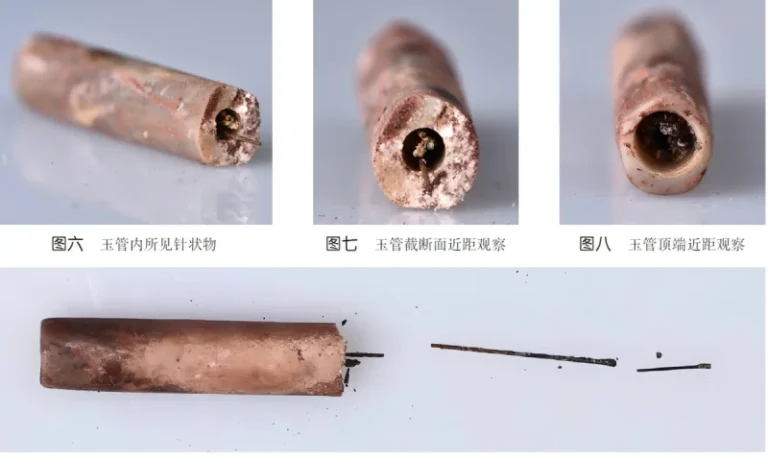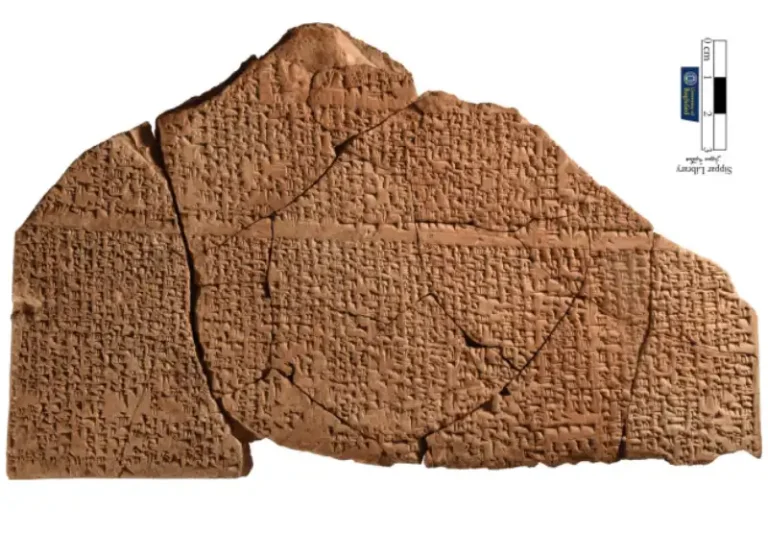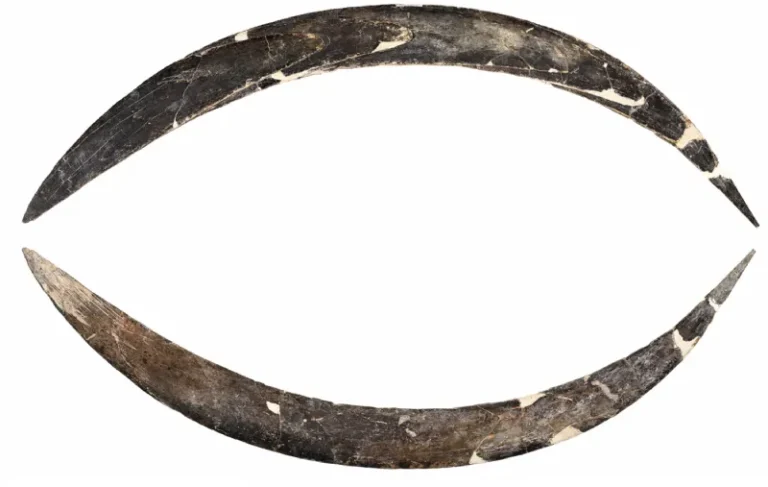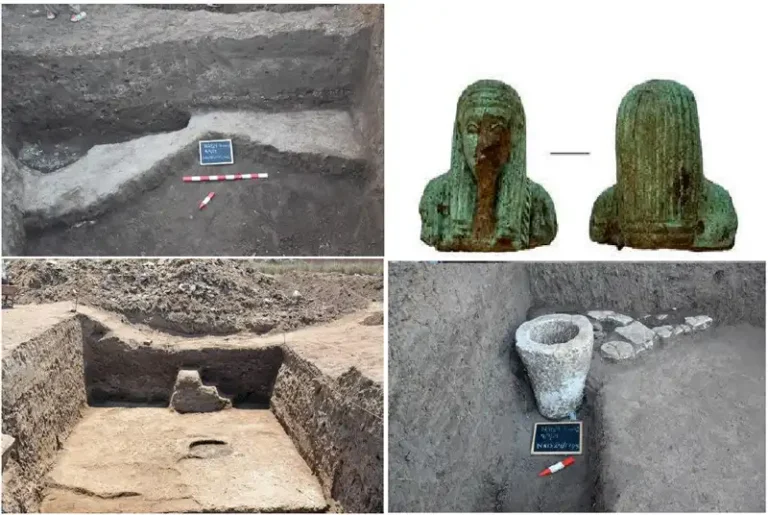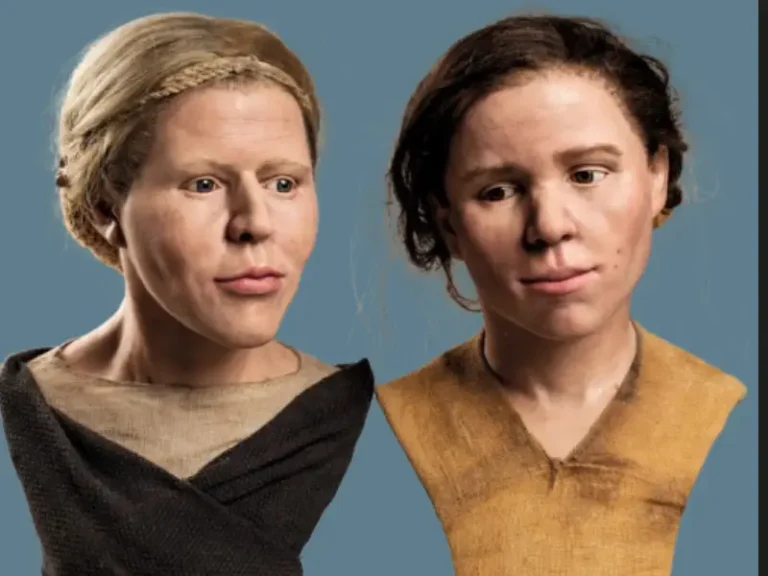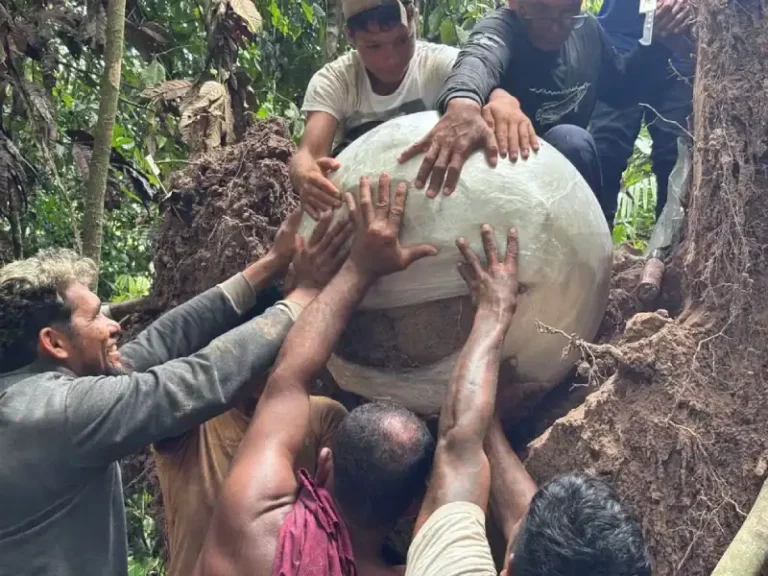3 million-year-old tools found in Kenya

The Homa Peninsula in Kenya, nestled within the East African Rift Valley, is often referred to as “the cradle of humankind.” This region has safeguarded countless traces of humanity’s earliest chapters beneath its fertile soil. Among these remarkable discoveries is “Lucy,” an ancient human ancestor who roamed the Earth over 3 million years ago.
Tom Plummer and his team are the latest researchers to uncover remarkable findings in Kenya’s Homa Peninsula, specifically at a site called Nyanga. Among their discoveries are flakes—small, knife-like tools—believed to be some of the earliest tools ever created by humans. Remarkably, even after more than 3 million years, these ancient blades have retained their sharp edges.
Plummer, an archaeologist at the City University of New York, explained that the blades were crafted by striking one stone against another. These primitive knives were likely used for peeling and slicing fruits and vegetables, as well as for cutting meat from prey such as hippos. Afterward, the meat would be tenderized by pounding it between stones. This combination of knife and pounding stones is known as the Oldowan tool kit, a groundbreaking innovation that likely paved the way for future technological advancements.
“I think the Oldowan technology is probably the most important technological innovation that ever happened in human history,” Plummer told “CBS Saturday Morning.”
“It allowed (the pre-human ancestors) to access a whole array of foods that they would never have had access to before.”
According to Plummer, this new diet likely fueled the growth of both the body and brain, triggering a “feedback loop” that led to the evolution of more sophisticated beings capable of greater technological innovation. While an even older cutting tool was discovered in Kenya, Plummer noted that this earlier technology seemingly faded from use. In contrast, he believes the tools from Nyanga played a pivotal role in driving these transformative developments.
“I think that’s all starting with the Oldowan,” Plummer said.
The makers of these tools present another intriguing surprise. Alongside the tools, Plummer’s team discovered a tooth belonging to Paranthropus, an early hominin that is not a direct ancestor of modern humans.
This finding suggests that the origins of tool-making may not be exclusively a human legacy. Instead, it appears humanity’s ancestors adopted the idea from other hominins and refined it, eventually using this technological edge to outcompete other hominin species, which ultimately went extinct.
Rick Potts, director of the Smithsonian’s Human Origins Program and a lead researcher on the peninsula, remarked that this discovery offers valuable insights into humanity’s place on the planet, helping to contextualize our species’ journey and evolution.
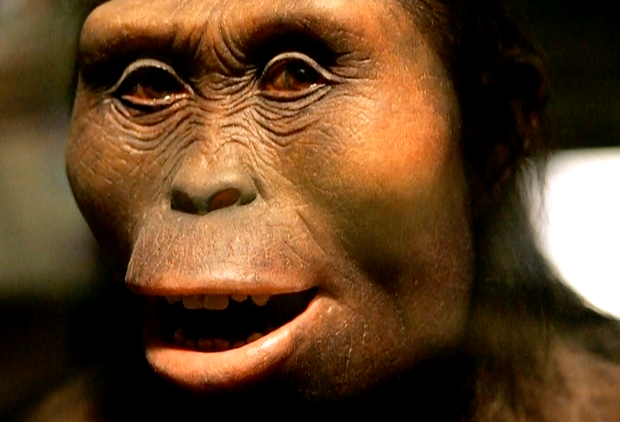
“We are the last biped standing, as I call it,” Potts said. “All of those other ways of life became extinct. And so that gives us a lot to think about, and it draws attention to the fragility of life, even in our own journey through time.”
The quest for these ancient artifacts carries the allure and mystery of an “Indiana Jones” adventure. Unearthing splintered rocks that showed evidence of tool use was only the beginning. The archaeology team then faced the intricate task of identifying cut marks on animal bones, which provided crucial confirmation of how the knives had been utilized.
Blasto Onyango, a renowned local archaeologist who helped uncover the Turkana Boy—the most complete early hominin skeleton ever discovered—shared insights into the painstaking nature of such work. His landmark find took “four or five years” to fully uncover, as he and his team gradually unearthed different parts of the skeleton, ultimately revealing the remains of a young boy who lived over 1.5 million years ago.
Paleontology researcher Rose Nyaboke emphasized that this slow, meticulous approach defines the daily reality of archaeological digs. Researchers often encounter small bone fragments but must carefully leave them in place, preserving their context for future analysis.
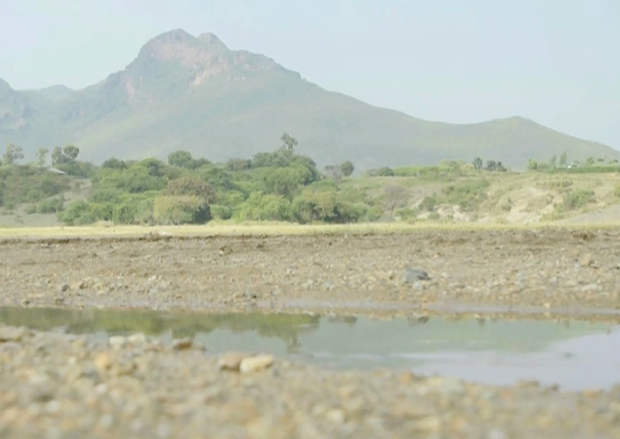
“We don’t just pick anything. It has to have a paleontological meaning,” Nyaboke explained. “We tell it ‘Sorry. We can’t pick you today.'”
The most valuable bones are those that provide context for the site, such as pig teeth. Pigs evolved rapidly, and their skeletons serve as crucial markers for dating the surrounding area. Traditional carbon dating is ineffective for a site this ancient, and the volcanic ash that preserved the artifacts complicates the use of other dating techniques.
Interestingly, the Homa Peninsula was largely overlooked by researchers for years after artifacts found there led to inaccurate claims about human origins. Despite this, Rick Potts began excavating on the peninsula nearly 40 years ago, undeterred by the challenges and controversies surrounding the region.
“We found a place that’s difficult to date, but we didn’t leave, because science takes persistence,” Potts said.
That persistence has yielded significant rewards, including discoveries like those made by Plummer’s team. Advances in technology have made dating these sites more precise, while new findings across eastern Africa have deepened researchers’ understanding of humanity’s origins.
While it has long been established that modern Homo sapiens emerged in Africa roughly 300,000 years ago, recent discoveries have pushed the timeline of human evolution even further back.
Researchers now understand that our hominin ancestors began walking on two legs at least 6 million years ago, marking a pivotal step in the evolutionary journey.
“Some of the things that we thought occurred in a very short period of time, within the last one million years, are now stretched out over a 6 million year period,” Potts said. “That includes tool making.”

